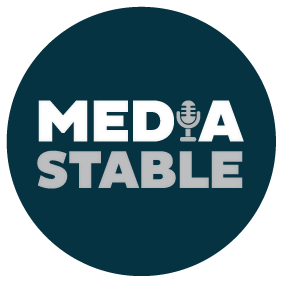What makes a good TV case study?
For people who haven’t spent time in a newsroom, exactly how to get a great idea into the hands of a journalist and turn it into a tv news story can be a bit of a mystery.
Coming up with a compelling story is only a small part of the process: convincing a newsroom to take on the story is the bigger battle. So, understanding what they need to get your story to air is crucial if you want your pitch to land successfully.
There are three essential parts to a TV news story: pictures, a case study, and an expert. If you can offer all three elements to the newsroom, then you have the best chance of making the broadcast.
A case study is a person, or group of people, relevant to the story that can tell the story from their first-hand experience and lend credibility to the main argument.
The case study is by far the hardest element to pin down and can make or break a pitch. Without a case study, the story will be downgraded from a 90 second package, to a 25 second mention. Or even dropped altogether.
So, ask yourself these questions to make sure your case study is right for the story:
- Is the case study relatable to the station’s key audience? The person or people need to have some common ground with a large portion of the demographic. It could be their stage in life, a common ailment, or a problem most people fear could happen to them. For example, are they an everyday mum or dad, a retiree, or a battler from the outer suburbs? Or have they fallen victim to a common scam, tried a fad diet, had a car accident, or are they struggling with the rising cost of living? Find their thread of relatability and highlight this in your pitch.
- Is their story compelling to hear? Would a viewer in the middle of dinner put down their fork and turn up the telly to hear what they have to say? The more compelling their story is, the higher the news story will likely be in the bulletin’s rundown.
- Does the case study have good quality pictures they can provide? If not, can they be filmed in action? Supplied pictures or shots of them in action, also called cut-away shots, will often be the opening pictures of a news package with the reporter’s voice-over delivering the opening lines of the script. This is a crucial part of setting the scene in a story that needs to be told in just a minute and a half.
- Is the case study willing and able to speak on camera? They need to understand that they are required to talk to a journalist while being filmed. This small point can turn a tentative case study into a hard no. It’s important they’re comfortable and understand what their involvement is so they don’t pull the pin when they first eyeball the tv camera.
- Are they available when the newsroom wants to cover the story? The newsroom is in the business of churning out same-day stories, so it’s important the case study is available when the journalist calls. The news cycle moves on at supersonic speed, so even just a one-day delay can push the entire story off the journalist’s radar. Or breaking news could see them diverted to a more pressing story and cancelling the interview altogether. So be available and be flexible.
Spending the time finding a case study that will resonate with a TV audience, rather than rushing to get something to air, will elevate your pitch above the flood of ideas flowing endlessly into the newsroom’s inbox.
